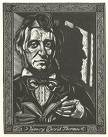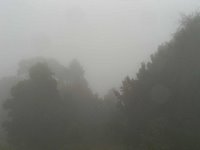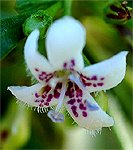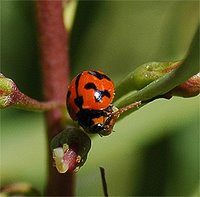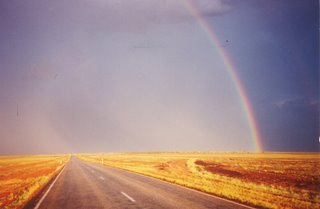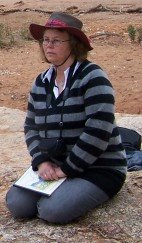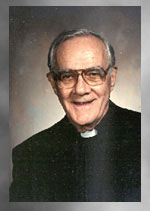
Ian Robinson at The Living Desert, Broken Hill
Miss Eagle publishes below a letter from her good friend, the Rev Ian Robinson. Ian is a Uniting Church Minister based in Perth, West Australia. Miss Eagle is a friend of both Ian Robinson and Michael Kelly. She first met Ian and Michael at Shared Meanings, a retreat attended by 135 people at the Australian National University in December 2000. They have remained in touch ever since.
Miss Eagle commends their request to you.
TO ALL THOSE INTERESTED IN DESERT SPIRITUALITY
Both Fr Michael Kelly
(Benedictine, Arcadia, NSW)
and Rev Ian Robinson
(Spirit Journeys,and Australian Research Institite in Desert Spirituality (ARIDS))
invite you to offer your details into a network on Christian Desert Spirituality.
We feel that this interest is a God-blown wind of the spirit at this time.
Initially, we are wondering just who is doing what,
since we are both awareof some others in addition to ourselves,
but the desert is a big place and…
We need to plead with you to pass this around as widely as possible
to your networks for return to Ian Robinson by the end of September.
with the following information
in the following four categories (you may fit more than one).
A. Name and contact details.
B. Brief description of interest /activity.(100 words max.)
C. Category/categories of your interest/activity?
1. Those who are doing desert retreat journeys from towns .
2. Those who are following the Desert Fathers and Mothers in non-desert settings
3. Those who are resident in a retreat centre in the desert itself .
4. Those who are doing relevant research or resource-writing.
D. I would like to receive news on Desert Spirituality happenings.
E. I am willing to be listed on a web page.
What will happen to the information?
Firstly, knowing what is available could be useful to seekers in this area.
For those who are willing, we can post it on a web page. (see E above)
Secondly, it may also be useful for passing on
relevant news, courses, conferences on Desert Spirituality.
This list will not be passed to anyone else for any other purposes.
If you wish to receive no such news,
please still let us know what you are doing and add the note at the bottom
that you wish to receive no further communication. (see D above)
If you know of something happening
but you don’t know their contact details
and can not forward this email to them,
please let us know whatever you can about them
and Ian will try to chase them up.
Thanks
Ian D.T. Robinson



